Rhinoplasty - Nose correction surgery

Enhance both the function and appearance of your nose with rhinoplasty. This procedure can refine nasal shape, improve breathing, and create a balanced, natural look. Every surgery is tailored to individual needs, ensuring optimal results that complement your facial features.
Rhinoplasty - Nose correction surgery
Rhinoplasty is a surgery that is performed to improve your nasal shape and function. There are two main principles that have to be adhered in rhinoplasty surgery. First to achieve a good functional nose so you can breathe well and secondly cosmetically appealing result. Patient’s wishes are addressed right from the outset so to produce an aesthetically pleasing nose within the constraints of the existing nasal anatomy.
You have to tell your surgeon as to what aspect / part of your nose that you want changed and discuss details of surgery and recovery.
For example you may want to
Straighten a crooked nose
Reduce a nasal hump
Make you nose smaller or bigger
Improve height and profile to upper lip
Open or narrow nasal passages
Make the nasal tip smaller/ fine
The two main techniques of rhinoplasty are open rhinoplasty and closed endo-nasal rhinoplasty. You should discuss with the surgeon which may suit your nose as there are advantages and disadvantages of each technique. You should also discuss postoperative care, complications, and unexpected outcomes at your consultation. Pre operative and post operative photography will be essential.

Hump reduction
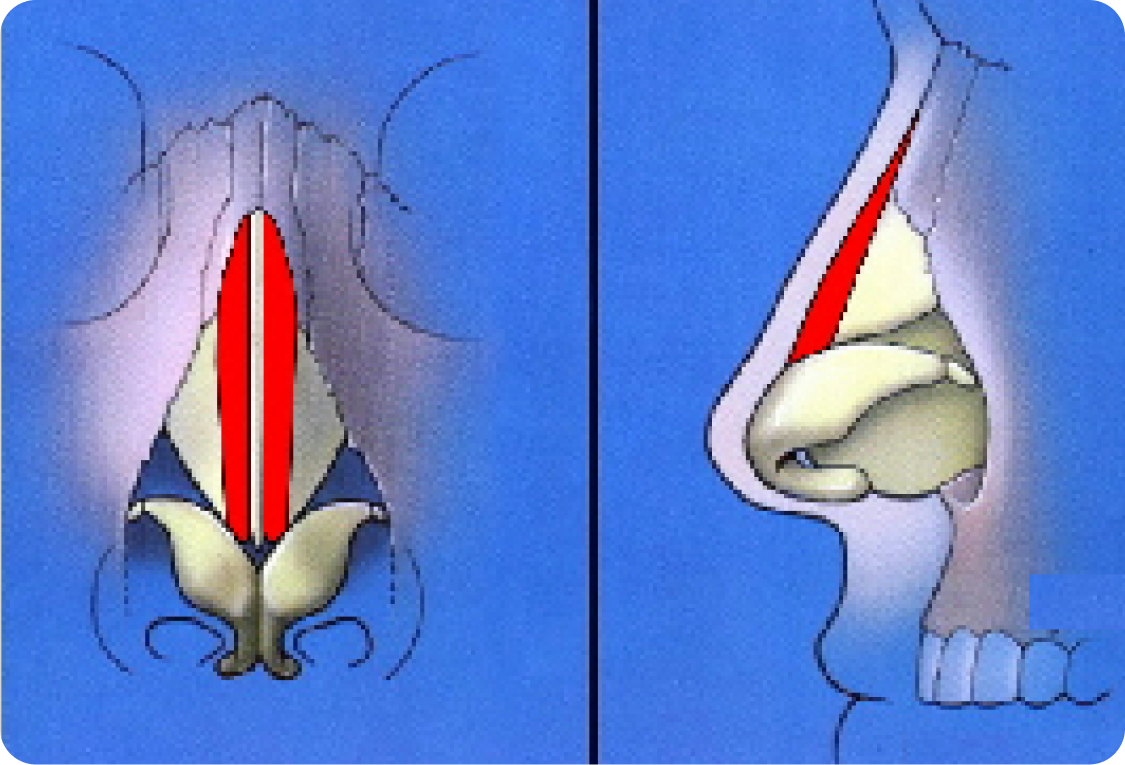
Reduction of nasal hump by removal of bone and cartilage shaded red
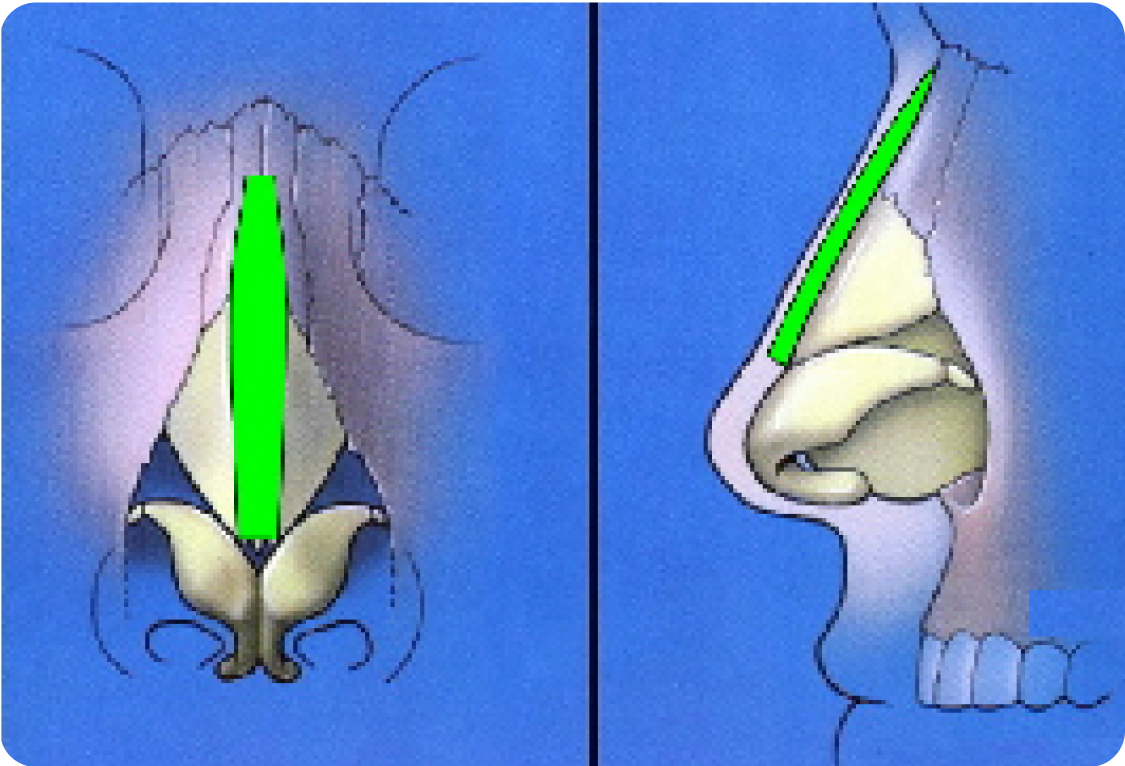
Build nasal dorsal support and profile by addition of cartilage or graft shaded green
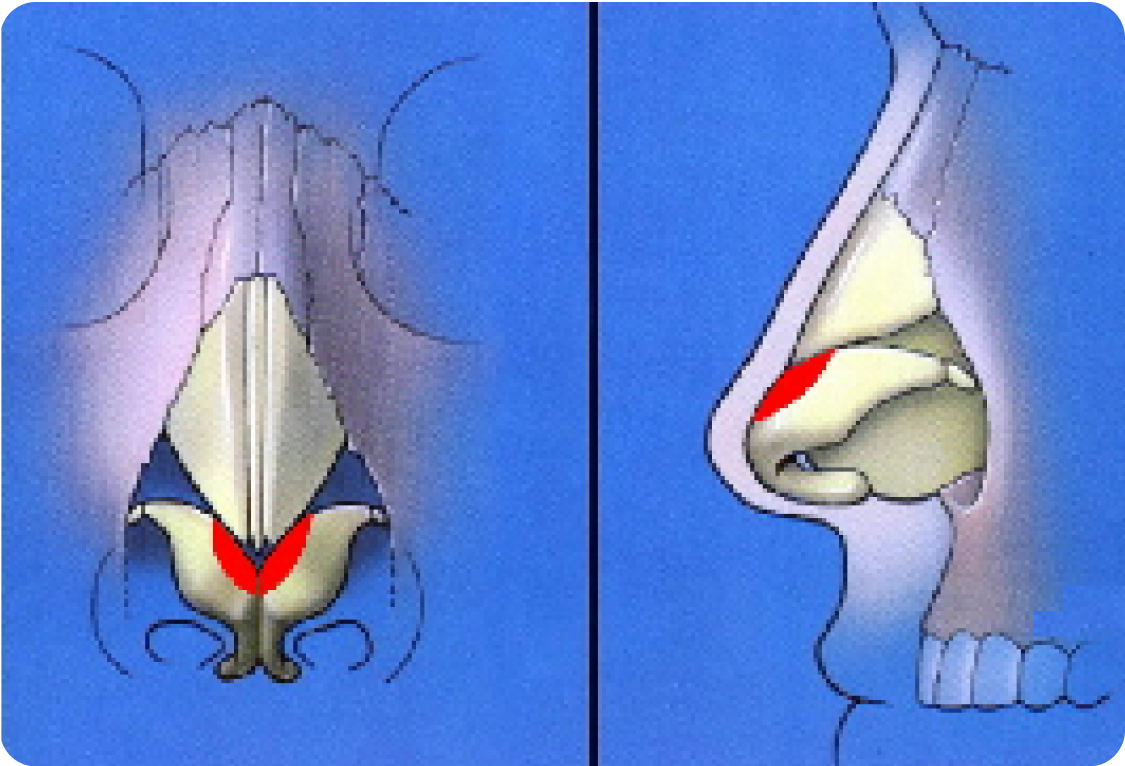
Narrowing nasal tip by excision of cartilage marked red and reconstruction with sutures
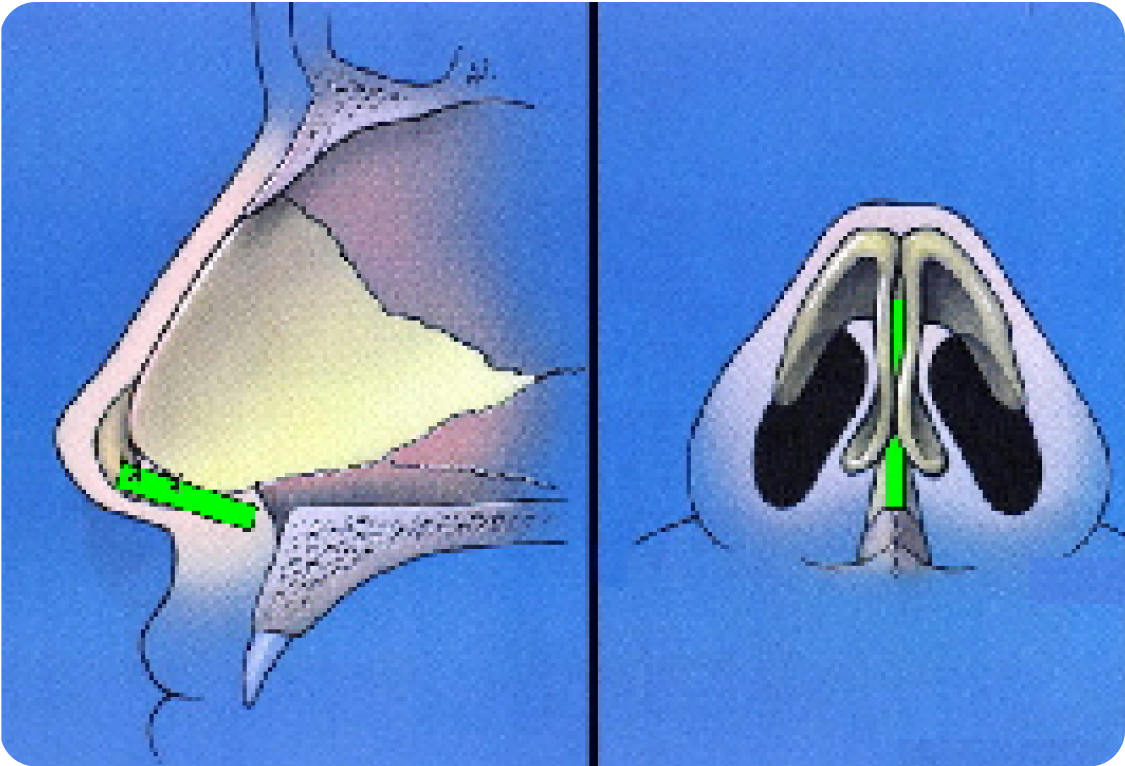
Improving nasal tip projection and support by addition of cartilage or graft in green

Reducing the size of the nasal vestibule (base) by removal of soft tissue - broad nose to narrower nose. Scar heals well and is well hidden
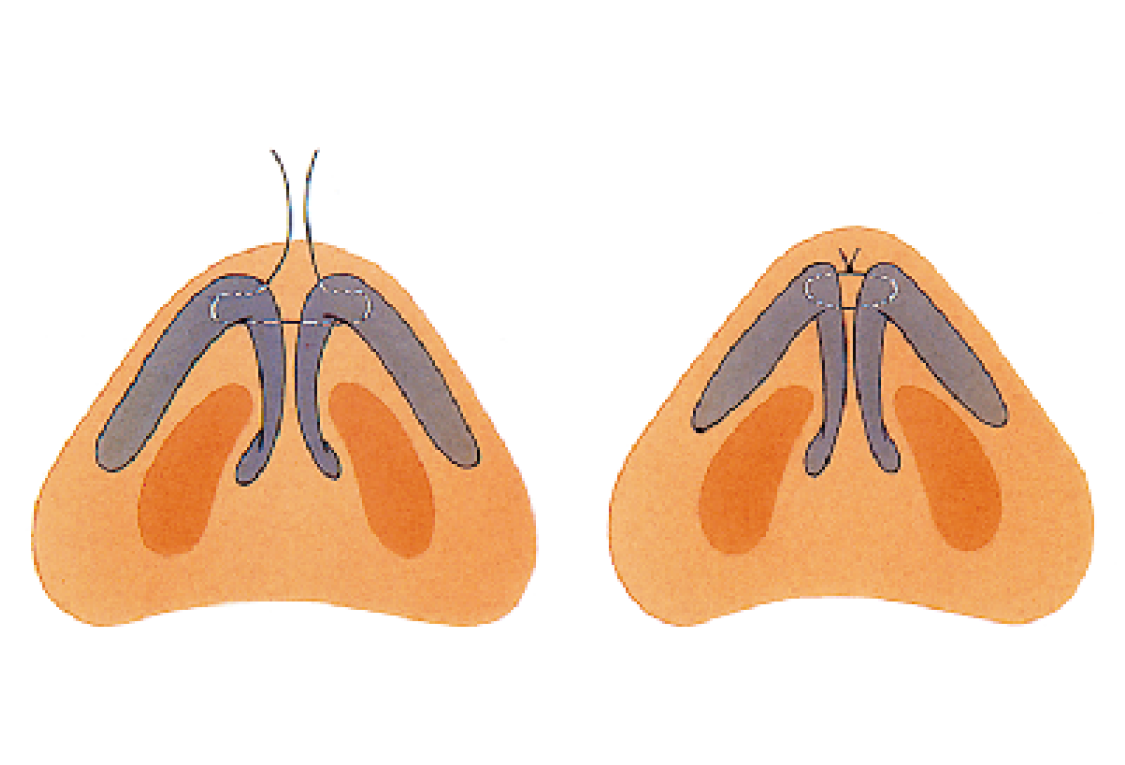
Narrowing of the nasal tip
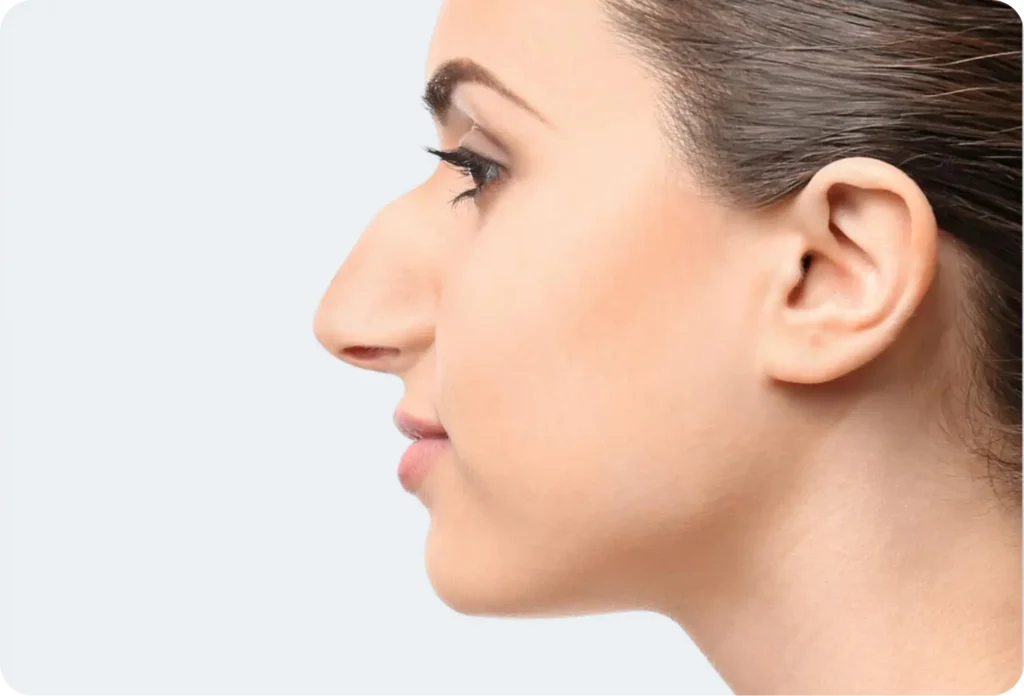
Murali Mahadevan
Specialist ENT Surgeon
For all enquiries and appointments call (09) 925 4050
Suite A, Level 1, Kakariki Hospital
9 Marewa Road
Greenlane, Auckland 1051
Facsimile: (09) 925 4051
Only general information is provided on this web site and is not intended as advice or a consultation. Please read our full disclaimer.

If you're experiencing these symptoms, it's recommended to consult a healthcare professional for proper diagnosis and treatment.
FAQs
Anyone who is unhappy with the shape or function of their nose, whether due to genetics, injury, or breathing difficulties, may be a good candidate. A consultation with your surgeon will determine if rhinoplasty is right for you.
Open rhinoplasty involves a small incision under the nose, allowing for more precise adjustments, while closed rhinoplasty is performed through internal incisions, leaving no visible scars. Your surgeon will recommend the best approach based on your needs.
Initial swelling and bruising typically subside within 2–3 weeks, but full recovery and final results can take up to a year as the nose gradually settles into its new shape.
In a closed rhinoplasty, incisions are inside the nose, leaving no visible scars. In open rhinoplasty, a small scar under the nose fades significantly over time and is often barely noticeable.
As with any surgery, risks include infection, bleeding, swelling, and asymmetry. Choosing an experienced surgeon reduces the chances of complications and ensures the best outcome.
Yes, rhinoplasty can correct structural issues such as a deviated septum or narrow nasal passages, improving airflow and making breathing easier.
Contact Us
Get in touch to book an appointment or inquire about our ENT services. Our team is here to assist you with expert care and guidance.
Ph: +64 9 925 4050
Fax: +64 9 925 4051
Dr Murali Mahadevan FRACS
Otolaryngology Associates Ltd
Suite A, Level 1, Kakariki Hospital
9 Marewa Road
Greenlane, Auckland 1051

